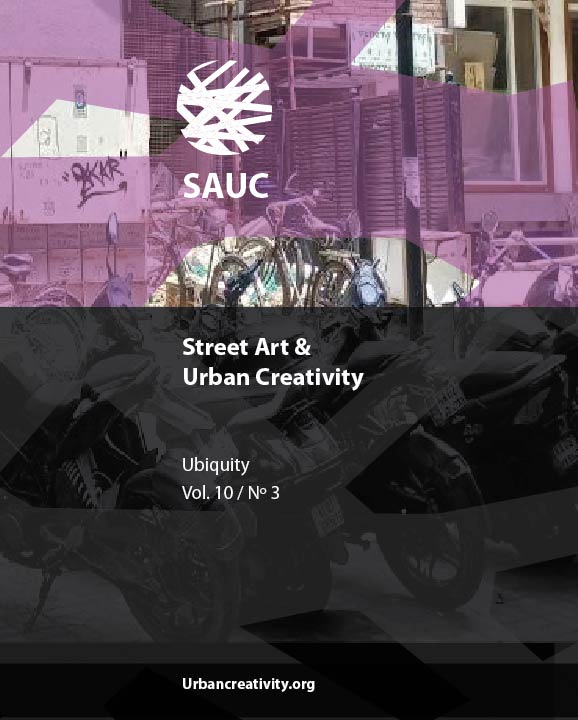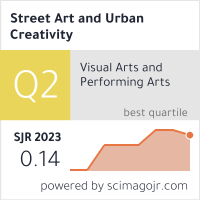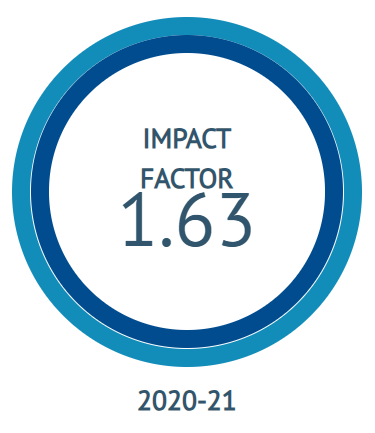Conventionality and Innovation. Détournement in 2011-2012 Protest Art
DOI:
https://doi.org/10.25765/sauc.v7i1.482Resumen
In this paper I look into the conventional side of protest street art in 2011–2012. I am particularly interested in whether there are any rules of formation of revolutionary and protest images, and do any historical conventions apply in protest art nowadays.
Translating the method of horizontal discourse analysis on a micro-scale, I analyze three case studies of reusing and recycling certain symbols and artifacts during protests of the Indignados movement in Spain, the Occupy movement in the United States, and the Egyptian revolution during the Arab Spring. Apart from investigating the visual sphere of protest, in appendix I also show how this research method works on protest slogans.
Thanks to supplementing my research with the situationist theory of détournement strategy, I was able to distinguish three modes of image and symbol reproduction: the historical, the external, and the internal. Reproducing in the historical mode consists of referring to certain symbols or images from the past, in the external mode—to symbols or images that are inherently neutral to the protest. The internal mode of reproduction works within the protest, producing its original symbols, images and mythology, separate for each social movement.
In conclusion, the historical and the external modes of reproduction are generally responsible for the conventional visual components of protest, internal mode on the other hand—for more distinctive, innovative ones.
Descargas
Estadísticas globales ℹ️
|
184
Visualizaciones
|
62
Descargas
|
|
246
Total
|
|
Descargas
Publicado
Cómo citar
Número
Sección
Licencia
Los autores/as que publiquen en esta revista aceptan las siguientes condiciones:
- Los autores/as conservan los derechos de autor.
- Los autores/as ceden a la revista el derecho de la primera publicación. La revista también posee los derechos de edición.
- Todos los contenidos publicados se regulan mediante una Licencia Atribución/Reconocimiento-SinDerivados 4.0 Internacional. Acceda a la versión informativa y texto legal de la licencia. En virtud de ello, se permite a terceros utilizar lo publicado siempre que mencionen la autoría del trabajo y a la primera publicación en esta revista. Si transforma el material, no podrá distribuir el trabajo modificado.
- Los autores/as pueden realizar otros acuerdos contractuales independientes y adicionales para la distribución no exclusiva de la versión del artículo publicado en esta revista (p. ej., incluirlo en un repositorio institucional o publicarlo en un libro) siempre que indiquen claramente que el trabajo se publicó por primera vez en esta revista.
- Se permite y recomienda a los autores/as a publicar su trabajo en Internet (por ejemplo en páginas institucionales o personales), una vez publicado en la revista y citando a la misma ya que puede conducir a intercambios productivos y a una mayor y más rápida difusión del trabajo publicado (vea The Effect of Open Access).













